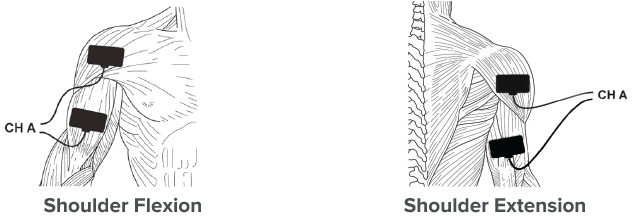Shoulder range of motion, strength, and function are vital to self-care and everyday activities such as dressing, bathing, lifting and carrying items, and putting away groceries. With advanced age individuals may experience a variety of shoulder impairments including arthritis, rotator cuff tears, impingement, and fractures. These issues can result in pain, decreased motion, impaired strength, and reduced function.
Isometric exercises are used to contract and strengthen muscle without changing the length of the muscle or the position of the joint. This can promote joint stabilization and is particularly helpful when movement is restricted or painful. Research has demonstrated that isometric contractions can reduce pain:
- Isometric exercise immediately reduced patellar tendon pain in individuals with patellar tendinopathy, with the effect sustained for at least 45 minutes. Researchers concluded this result may be attributed to the effect of intracortical inhibition.¹
- Short-duration, non-exhaustive isometric exercise performed with one hand resulted in decreased pain thresholds in both hands in healthy young women.²
Shoulder isometrics are typically initiated in a neutral position (0° flexion, 0° extension, 0°abduction) and then progressed as tolerated through the available range of motion. Since minimal movement is occurring during the exercise, exercise performance can be easily combined with biophysical agents for additive pain management or strengthening benefits.
Shortwave Diathermy (SWD) Before or During Shoulder Isometrics
Isometric exercise performed during diathermy treatments may require the therapist to make occasional adjustments to the drum head position during treatment.

Patterned Electrical Neuromuscular Stimulation (PENS) Before or During Shoulder Isometrics
PENS shoulder protocols can strengthen and normalize muscle firing for improved active range of motion and functional activity.4

Low Volt Pulsed Current (LVPC) During Shoulder Isometrics
LVPC protocols can be applied to stimulate the muscle in coordination with volitional isometric contraction to facilitate additional strength and hypertrophy.

References:
1. Rio E, Kidgell D, Purdam C, Gaida J, Moseley GL, Pearce AJ, Cook J: Isometric exercise induces analgesia and reduces inhibition in patellar
tendinopathy. BR J Sports Med. 49:1277-1283, 2015.
2. Koltyn KF, Umeda M. Contralateral attenuation of pain after short-duration submaximal isometric exercise. J Pain 8:887-892, 2007
3. Biophysical Agent Essentials – SWD Clinical Solution
4. OmniStim® FX² Pro and OmniVersa® PENS Lab
